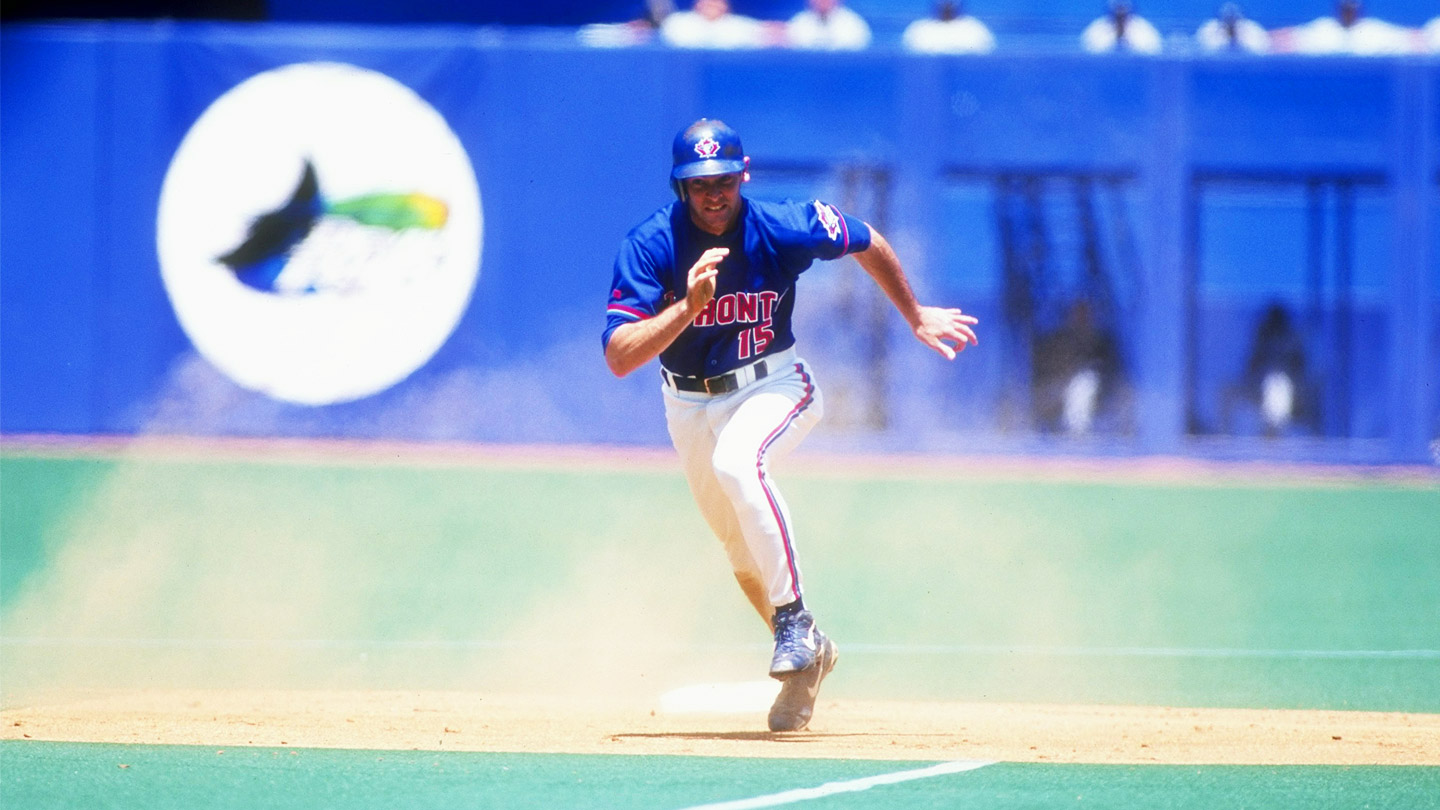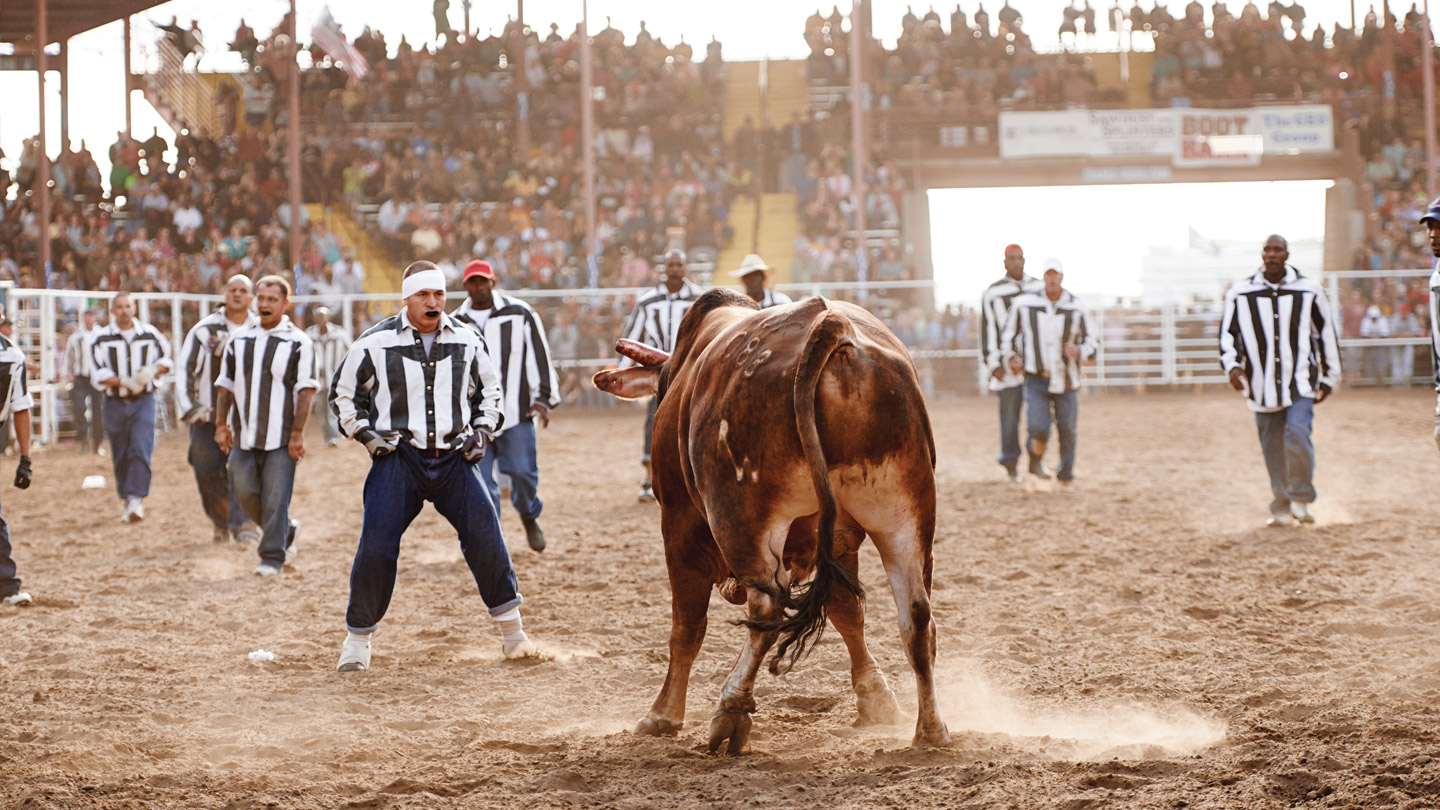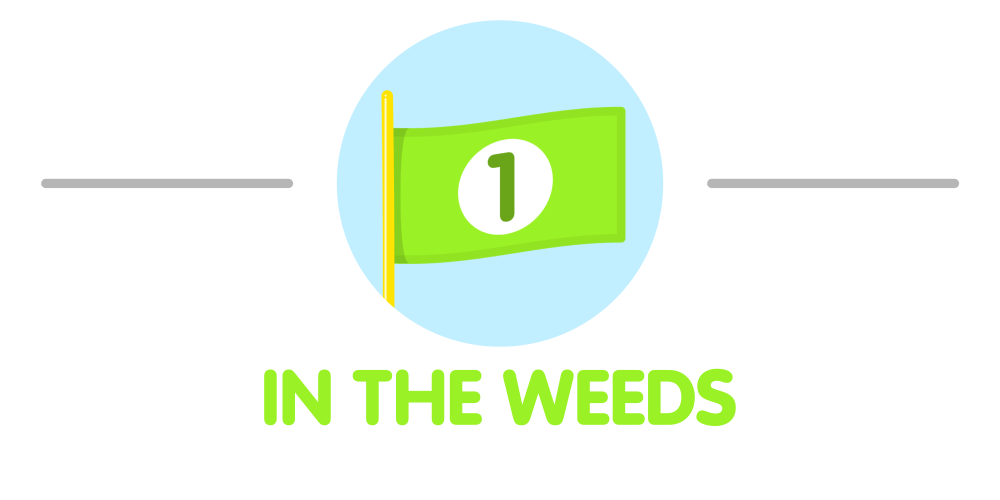
Adam Hadwin trudges through waist-high grass on a warm Thursday morning in suburban Maryland, hands parting the tall green blades, eyes fixed on the ground. His caddy, Joe Cruz, joins in the search. In the fairway to their right, Rickie Fowler and Marc Leishman stand near their opening tee shots at TPC Potomac, waiting.
The hope, after Hadwin bombed his drive left and toward the water hazard, was that he’d be able to find the ball in the rough and hack it out. After about a minute of searching, no such luck: It’s wet and lost. Hadwin takes his drop about 80 yards in front of his original tee shot, where the lost ball first crossed the hazard. The 29-year-old from Abbotsford, B.C., stripes it up the middle, then hops in a cart so he can catch up with the rest of his group.
There’s a smile on Hadwin’s bearded face as he rips up the fairway, and that on its own is a wonder since he’s now three shots removed from a bogey to start the Quicken Loans National. Not too long ago, he might have had a fit in that tall grass, slammed a club. As he puts it, “I’ve been hot-tempered my entire life.”
But Canada’s top-ranked male golfer is in the midst of the best season of his career — he carded an historic 59, he earned his first win on Tour in March at the Valspar Championship, he matched a birdies record at the U.S. Open, and he’s teeing it up in his first Open Championship this week — in part because he has come a long, long way in the on-course-attitude department. “I have not handled anything well,” Hadwin says of his emotional approach to the game. He’s sitting in a quiet conference room in the clubhouse after an afternoon practice session, his dark hair still sweaty, white Callaway hat on the table in front of him. “I’m still learning, quite honestly,” he adds, shaking his head. “But I’ve gotten so much better than I used to be.”
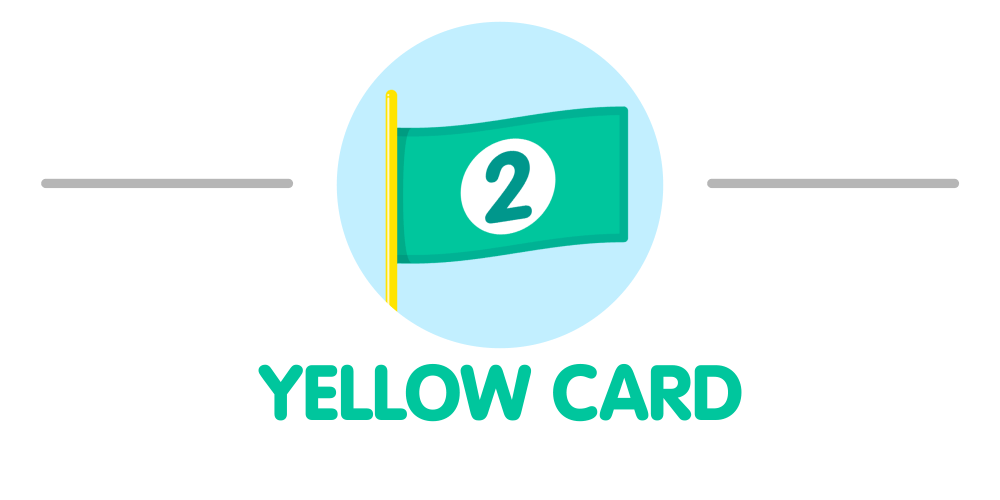
Hadwin is in Salt Spring Island, B.C., with the Abbotsford Gold rep soccer team, and he’s eight or nine years old. One of the smallest kids on the field, he tears down the wing with the ball, but his rush comes to a sudden end when he’s checked to the grass by a much bigger opponent.
Hadwin picks himself up and full-tilt sprints at the player who took him down. When he catches up, he two-hand pushes the kid from behind and sends him “about 10 feet in the air,” recalls Hadwin’s dad, Gerry.
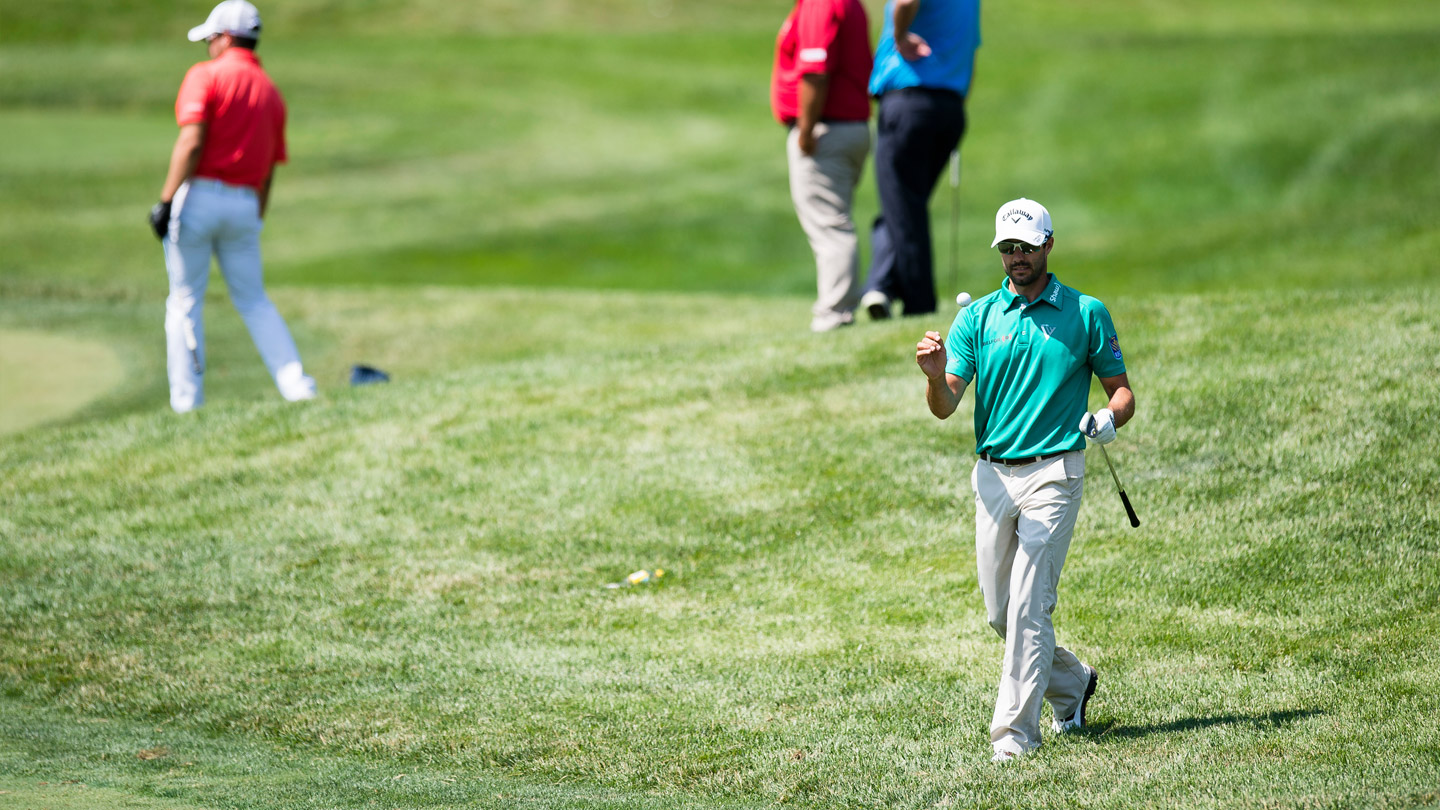
That move earns Hadwin one of the many yellow cards that will dot his soccer career. He’ll give up the sport at age 14 (along with baseball) to focus on golf, since he can’t stand losing due to anyone’s fault but his own.
Young Hadwin never played hockey, for reasons of practicality. “It would have just been a lot of fights,” Gerry says. “With that attitude, maybe I saved his life.”
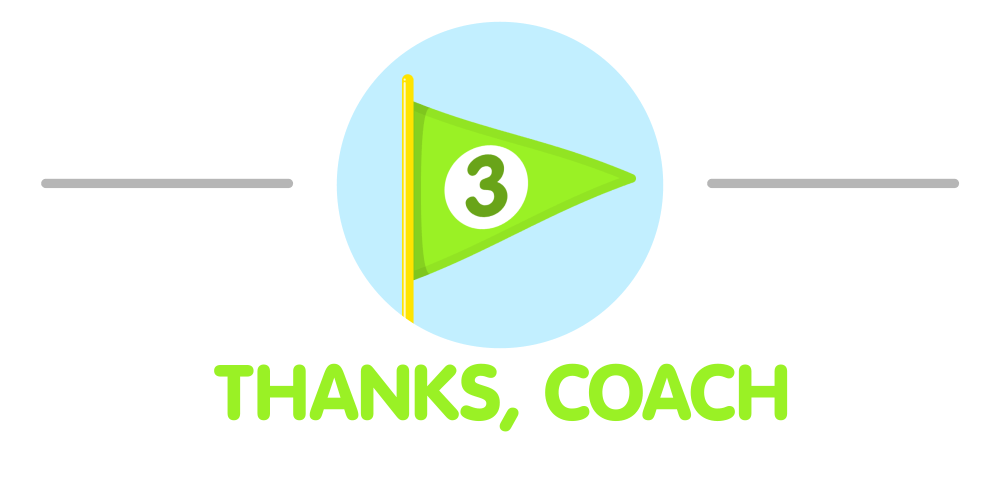
Gerry is his son’s first unofficial coach, and the golf pro (he’s now director of golf at Ledgeview GC in Abbotsford) accompanies Hadwin to the driving range six days a week, and to various junior tournaments.
“I’m not sure I would even classify it as coaching,” Hadwin says with a grin, still wearing his sponsor-covered collared shirt, along with dark pants and spikes. “We did more yelling with each other than anything.”
Back in those junior days, clubs were sometimes tossed 30 yards in the air, grass was tomahawked after errant shots. “Golf might not be your sport, bud,” Gerry told his oldest son.
“There were numerous times Adam’s mom and myself said that to him,” Gerry says.
It’s a good thing Hadwin didn’t listen.
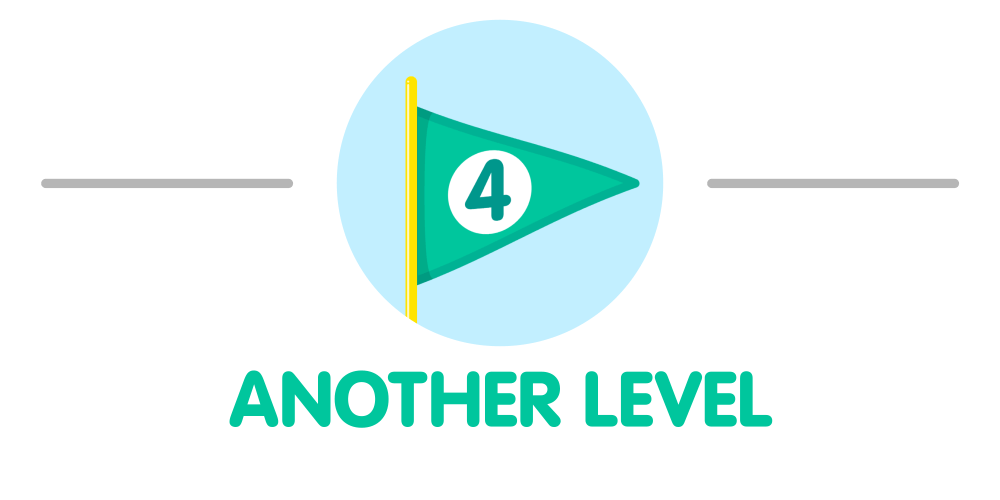
It’s the week of his final NCAA tournament, the 2009 Big East Championship, and Hadwin is a senior at the University of Louisville. To date, his best finish as a Cardinal is third.
Years earlier, at 15 and already a standout junior golfer, Hadwin sat down with coach Brett Saunders and they set goals: Win at every level so you learn how to win early, and work your way up. Hadwin won a number of times as a junior before Cardinals coach Mark Crabtree recruited the kid he now calls fearless. “[He] believed he could pull off any shot,” Crabtree says. The result was some spectacular shots, and others “I wish he could have taken back.”
The week of the final tournament of Hadwin’s college career, Saunders calls him up. “Bud, you haven’t won in college yet,” he reminds him. “That’s another level.”
Hadwin is Big East champion five days later. “It took me four years,” Hadwin says now, eyebrows raised.
Spoken like a true competitor.

With four wins on the Vancouver Golf Tour under his belt as a professional, Hadwin makes his debut on the Canadian Tour at age 21. He makes the cut. He also shoots three over par on the back side on Sunday.
In comes the text from his younger brother, Kyle: “How does it feel to flush away $500?” Hadwin can only laugh. Welcome to professional golf, he thinks.
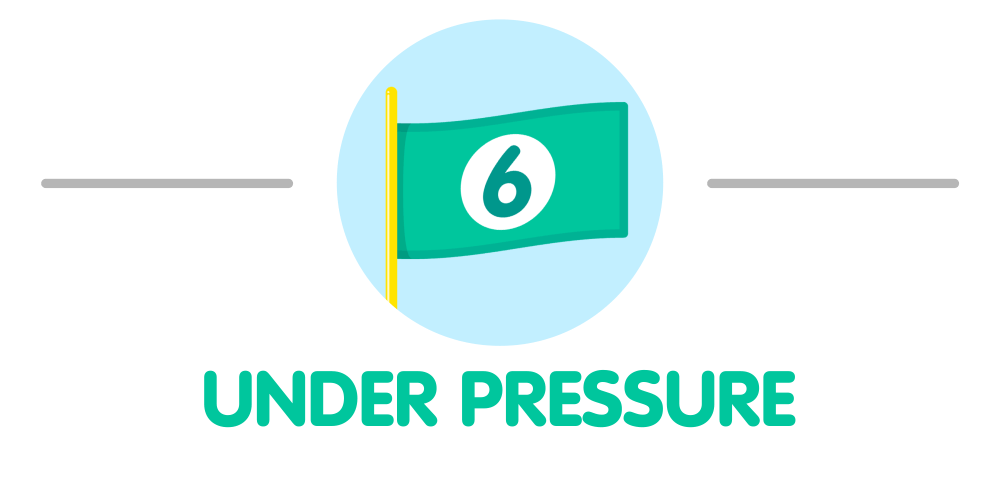
Hadwin just holed a seven-footer for birdie and now he’s running to the ninth tee box at Congressional CC, one shot behind the cut line here at the 2011 U.S. Open with one hole to play.
This is his first Major, and only the second PGA Tour tournament of his career. Hadwin and Saunders (his caddy this week) are trying to get this last hole in before the rain hits, but play is suspended before he can tee off.
Hadwin returns at 6 a.m. on Saturday to play the par-5, accompanied by Saunders and Scott Rodgers, Saunders’s business partner. Hadwin needs a birdie to make the cut. “You know he’s going to make birdie here,” Saunders tells Rodgers. One thing the coach has noticed: Hadwin loves a challenge.
But Hadwin flares his tee shot right, in the deep rough. He has to lay up, and tells Saunders he’ll do so to 90 yards. He sticks his second shot to 91. Hadwin’s approach to the green nearly holes out, and he taps in a six-inch putt for birdie. He’ll tee off in Round 3 that afternoon. Says Saunders: “You can’t coach that.”
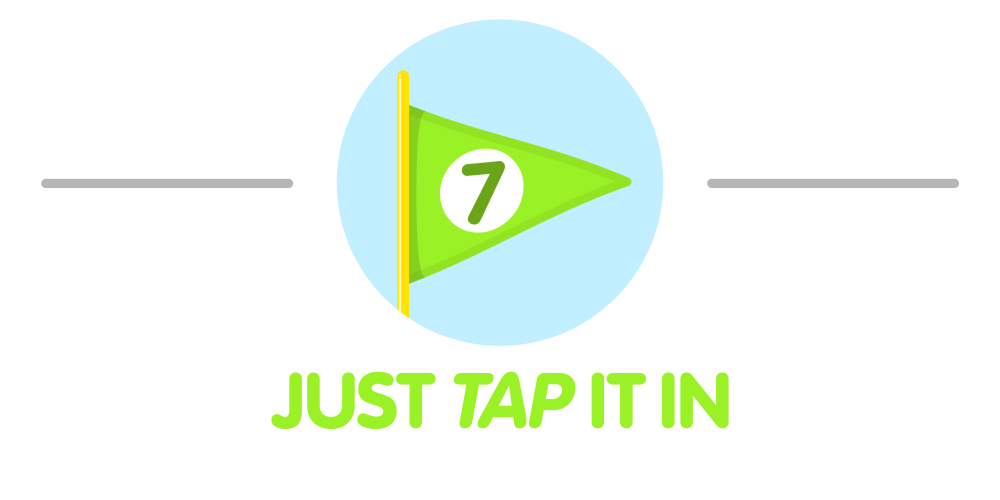
The fans stand 10 deep behind the ropes at Shaughnessy G&CC in Vancouver at the 2011 Canadian Open, and they’re singing “O Canada.” Saunders is shaking as he walks up to the first tee box, carrying Hadwin’s bag. The coach played on the Australian Tour but his nerves are going. He notices Hadwin doesn’t seem the least bit shaky.
A day earlier, Hadwin shot 68 and told reporters he was “a Canadian Tour player, not a PGA Tour star.” Well, he’s now three shots off the lead and the best hope to become the first Canadian to win his national open since 1954. He sends his tee shot down the middle of the fairway. The gallery follows. But when he four-putts No. 8 for double bogey, the crowd shrinks.

“We need to shoot 30 on the back nine and we can still win this thing,” Saunders tells him. Hadwin rattles off birdies on Nos. 12, 13 and 14. He has a look at one on 18, but it doesn’t drop. He finishes T-4, two strokes back of winner Sean O’Hair.
The most telling part of the tournament — Hadwin’s unofficial introduction to the PGA Tour and to Canadians: He’s second overall in greens in regulation, at 68.1 per cent. But he ranks 47th in putts per GIR, at 1.796.
It hasn’t occurred to him yet, but here at the top level, consistent play off the tee is no longer enough to make up for his short game.
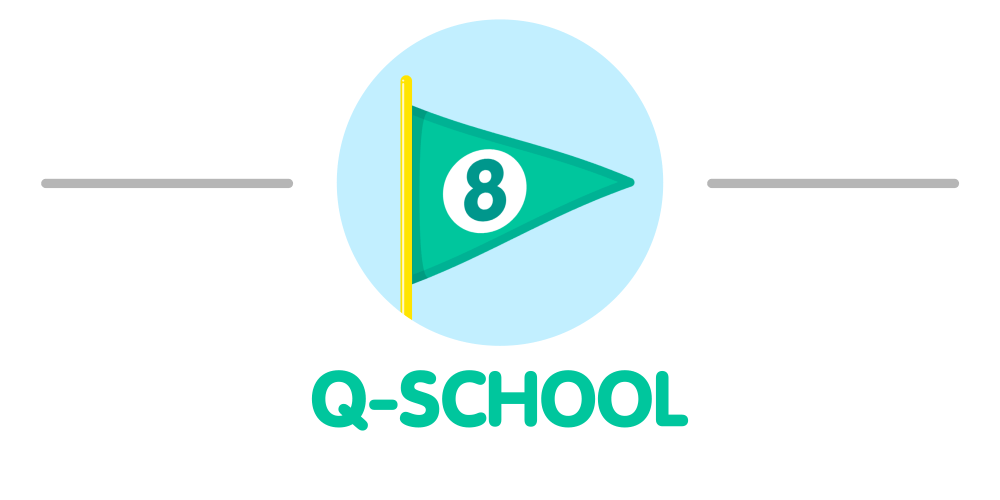
Hadwin’s assessment of his first day of PGA Tour Qualifying School: “Not good.” He ends his first round here in La Quinta, Calif., with a two-putt double bogey. “Hopefully I’ve given away all the shots I’m going to give away this week,” he says.
The four straight rounds of 68 that follow aren’t enough. He misses his PGA Tour card by inches. It’s back to the Web.com Tour for the 2013 season.
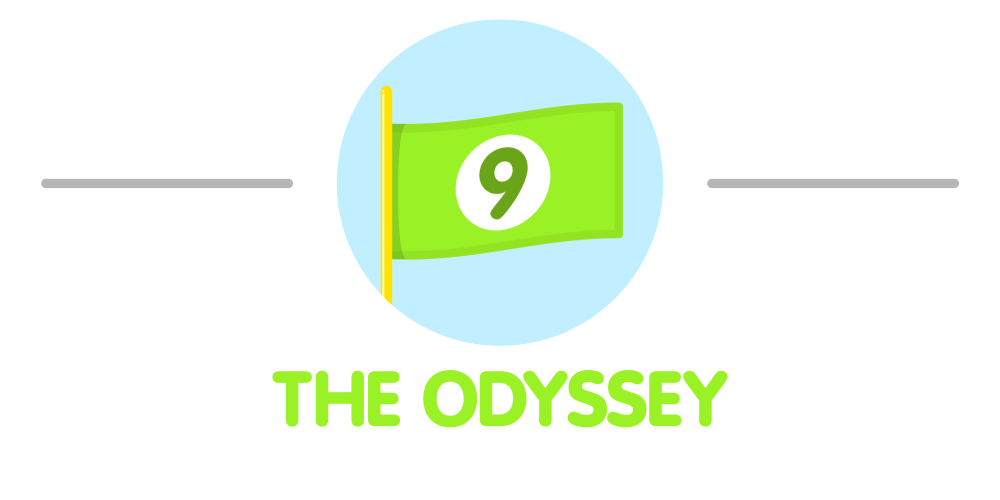
In his second full season on the PGA’s feeder Tour, Hadwin recognizes his putting is holding him back. “Took me a while to figure that out,” he admits.
“He changed putters like most guys change their, you know…” Gerry says. (He means underwear.) Saunders likens Hadwin’s putter collection to “carrying around 25 girlfriends.”
During this 2013 season, Hadwin finds ‘The One’: The Odyssey Tank V-Line Cruiser with a White Hot Pro insert. He changes his practice habits, too: Instead of trying to drain 20-footers, he focuses on holing three-footers, over and over. Then he moves out to four feet, then five, and on and on.
His confidence grows. “All I’m seeing is the ball go in the hole, repeatedly,” Hadwin explains. “It frees me up from 20 feet, because I know if I hit it three feet by, I’m going to make it, so I can be a little more aggressive from [20] instead of playing defence.
“All of a sudden, putts start going in.”
The kid who’s been branded “The Next Face of Canadian Golf” is on his way to earning the label.
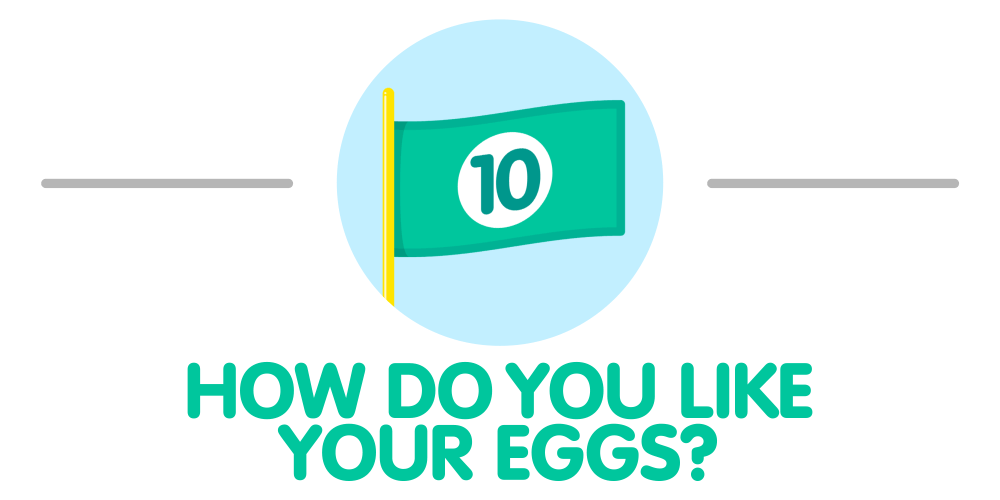
Hadwin and Saunders are out for breakfast. “I’m going to win the money list, that’s my goal,” Hadwin tells his coach. It’s 2014.
That season on the Web.com Tour, Hadwin wins twice. He wins the money list, and earns his PGA Tour card for 2015.
The biggest difference? His putting average ranks 23rd, compared to 73rd a season earlier.
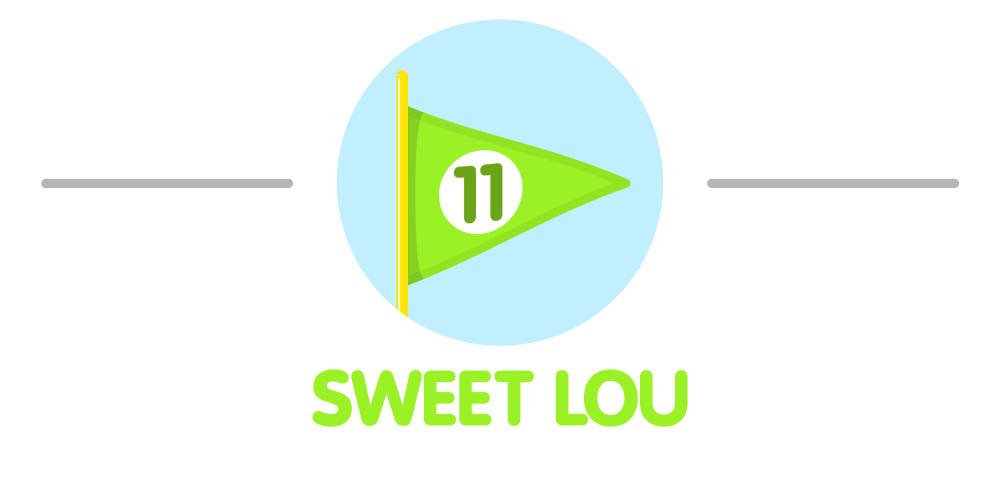
It’s the day before the 2015 Players Championship, and Hadwin is on the practice green attempting a putting drill he and Saunders designed. He’s set it up on a “near-impossible slope,” Saunders says, and Hadwin is growing more and more frustrated.
Fed up, he finally whacks the ball into the green, partially burying it with his putter, and has to repair the pitch mark. Sergio Garcia, who’s practicing nearby, looks at Saunders and shakes his head. That’s when Saunders decides he’s had enough. He doesn’t like the way Hadwin is conducting himself on the course, and the coach hasn’t been able to figure out how to improve the behaviour, in part, Saunders says, “because we’re very much alike.”
A couple of weeks later, he and Hadwin decide to part ways, ending a 12-year partnership, despite the fact Hadwin feels Saunders has more to offer. “I think our personalities got in the way,” Hadwin says now.
Saunders texts Hadwin a quote after the split, courtesy of legendary football coach Lou Holtz. It reads: “Ability is what you’re capable of doing. Motivation determines what you do. Attitude determines how well you do it.”
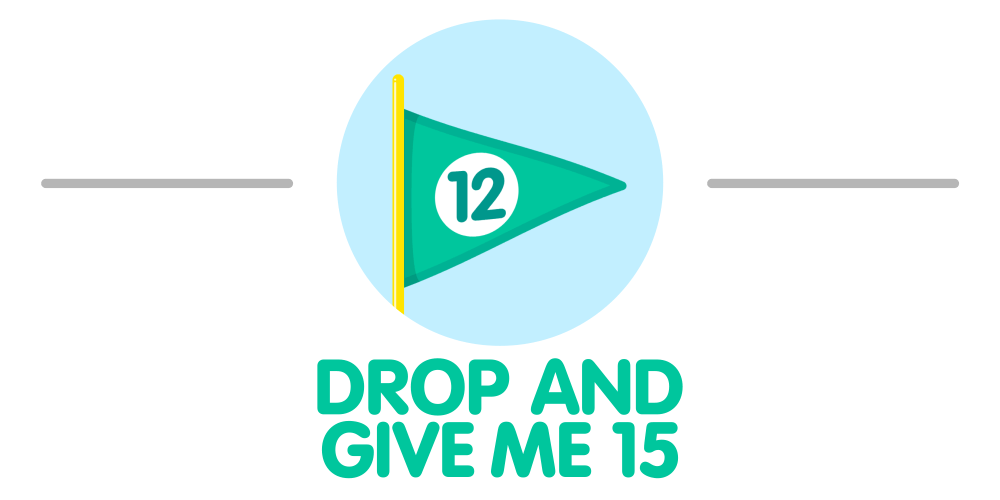
Cruz has a towel over one shoulder, a golf bag over the other, and a club in one hand. Hadwin tosses a ball to his caddy, and it’s a tad off-mark. The ball drops. That’s 15 push-ups for Cruz, though not on the spot.
This is a season-long competition between golfer and caddie, with the push-ups completed at the end of each week. Cruz and Hadwin hammer them out together in the locker room.
Hadwin is not one to set up a competition like this just for fun. He has a degree in business (he carried a 3.6 GPA in university) and a meticulously planned outlook for his career. Everything has an aim. Sessions on the driving range might be focused on drawing to the pin. Practice rounds with a playing partner cost him $5 per birdie if he doesn’t drain as many as his opponent. “I’ve seen a couple guys who might work harder,” says coach Ralph Bauer, who works with a small stable of PGA Tour players. “But I’m not sure I’ve seen a smarter, harder worker when it comes to preparing for tournaments.”
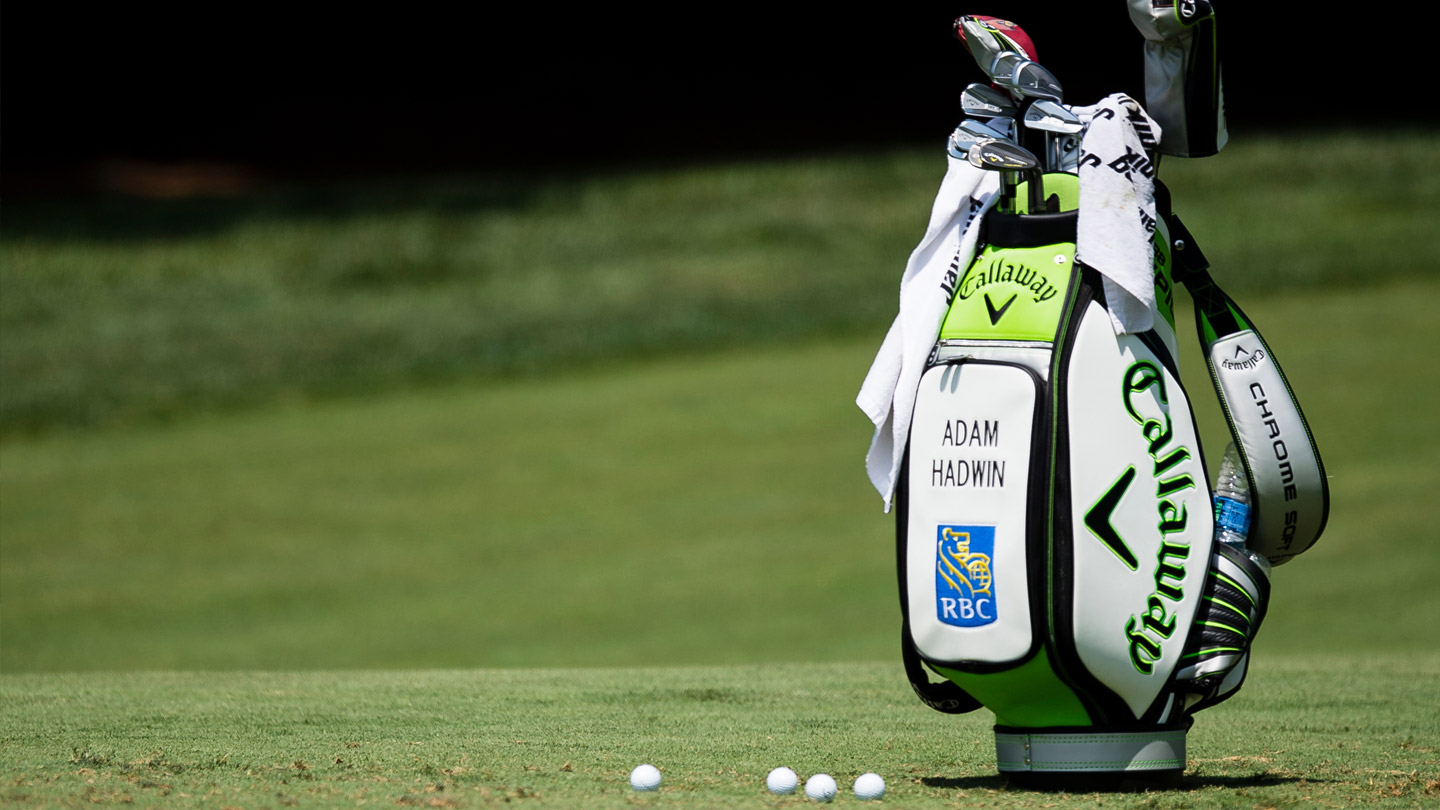
One of the first questions Bauer asked Hadwin when they started working together was whether he had a sports psychologist. He didn’t. “Don’t ever get one,” Bauer told him.
“I think his mental attitude is ideal for athletics,” the coach explains. “He loves to compete. If he gets a little nervous, he tends to get a little bit more aggressive, which is a good thing. He prepares well, and when he gets into competition he loves it. That’s an ideal combination.”

The ball is barely visible, buried in what Cruz calls “gnarly rough” on the right side of No. 17 at Colonial CC in Fort Worth, Tex., after an errant drive on this 378-yard par-4. “He’s dead — he has no shot,” Cruz says.
The view between golfer and hole is nothing but trees. And so the caddy lays out the only option for what he calls “a normal, sane person”: Chip it back into the fairway. Hadwin’s eyes are focused on a small gap he’s spotted between the trees. “No, no, no,” Cruz says, sensing what’s coming.
Hadwin grabs a 3-iron from his bag. “Don’t worry, Joe,” he says. “You’re not held accountable for this decision.” It’s not the first time Cruz has heard that line, and it won’t be the last.
Hadwin readies himself over the ball, then rips it through the trees, about 145 yards, and settling some 30 from the hole. He gets up and down and saves par. The memory makes Cruz laugh. “That’s Adam being Adam,” he says.
Says Hadwin, with a wide grin: “I like to make things difficult on myself.”

Hadwin is watching himself on TV. It’s December of 2016, and he’s at home in Arizona with his fiancée, Jessica. He’s glued to a Golf Channel re-run of the CareerBuilder Challenge from January of that year. He wants to see where he fell apart.
He’s in the final group, and rattles off birdies on Nos. 8 and 9 to tie for the lead with Jason Dufner. When Dufner responds on 10 to pull ahead by one, Hadwin puts pressure on himself. He tells Cruz: “We’re gonna have to make some birdies.”
On the 12th hole, Hadwin hits his wedge over the back of the green. Then on a straightforward up and down, he sends the ball seven feet past the hole. He misses the putt. He’s turned a birdie chance into a bogey, and he’s wearing the frustration all over his face. “Dude, you don’t have to press,” he tells his on-screen self from the couch. “Why are you doing that? Why were you thinking that? Just keep taking shots, keep giving yourself chances, take it as it comes.” Instead, he watches himself make three bogeys on the back nine and finish sixth.
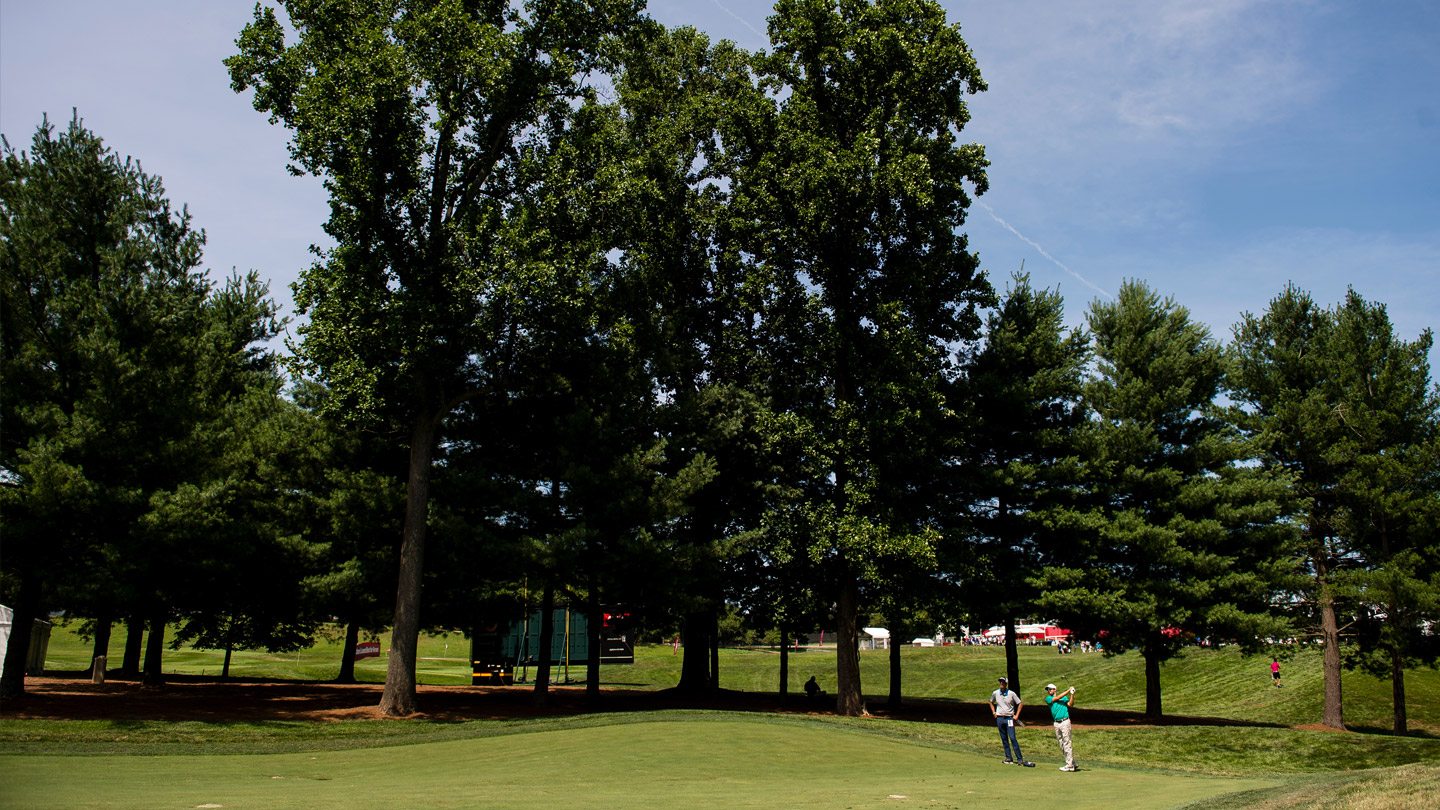
He remembers he took out some frustration on Cruz that day, then texted to apologize: “I’m sorry, you know this is business. It’s not personal at all.”
Sit down with Hadwin and his on-course outbursts can be hard to square — he’s the guy who’s unfailingly polite and sure to thank volunteers after tournaments, who’s almost always smiling, who can’t wait to tell the story about how he got stopped at the American border for trying to bring a Kinder Egg over. “It’s funny,” he says, shaking his head. “It’s the opposite of my personality off the golf course. It takes a lot for me to get upset off the golf course, but playing sports, it’s like a moment’s notice.” He snaps his fingers. “I can flip the script pretty quickly.”
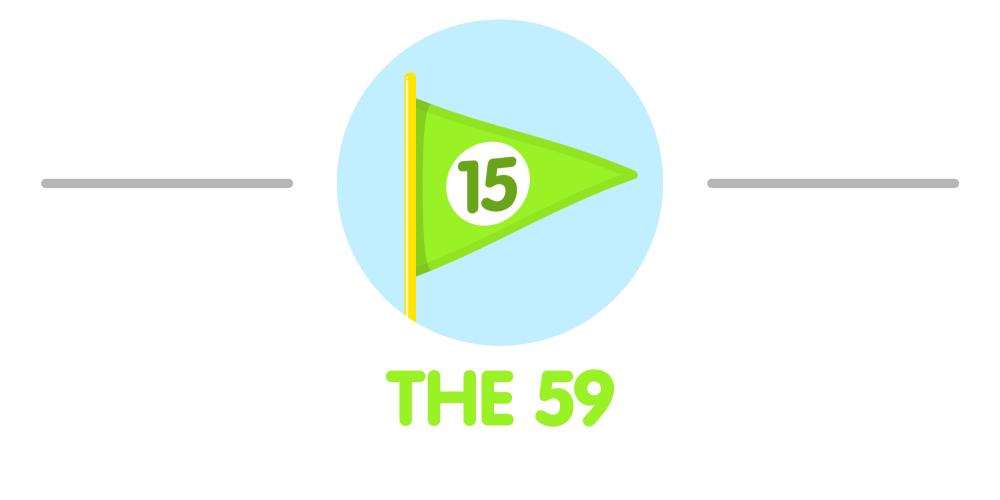
Hadwin stands over an historic three-footer here on No. 18 at the 2017 CareerBuilder Challenge at La Quinta CC. He takes a breath, taps it in, and the crowd roars. He’s just the eighth player to card a round of 59, the second-best in a PGA Tour tournament ever.
Hadwin grins — more than anything, he feels relief. He raises his Odyssey putter in the air. It’s the same one he first put in his bag four years ago, and aside from re-gripping, it’s had no need for repairs. “This one’s actually made it through everything,” Hadwin says. Yes, he can laugh about it now. “It’s a little hard to imagine, sadly. I had difficulties with that in the past. It wasn’t just the putter — I had difficulties with a lot of golf clubs, if they didn’t behave.”
A gold replica of that Odyssey is made to mark the round. The player who once carried 25 putters is now one of the best in the world inside of 100 yards.
But the most encouraging sign comes a day later. With a one-stroke lead to start Sunday’s final round, Hadwin doesn’t feel he’s playing his best. Mentally, though, he’s flipped a page, in large part thanks to watching himself implode on TV at this tournament a year earlier. He isn’t going to repeat that mistake. “There was a difference compared to the previous year Sunday,” he says. “And it was that I’m not concerned with how far ahead Hudson [Swafford, the tournament leader] is getting; I’m not concerned with how the other players are playing.”
Hadwin birdied No. 16 and made it back-to-back when he canned a 25-footer on 17, bringing him to one shot back of Swafford. “I was in the tournament the whole way,” he explains. “After watching the previous year, I learned from it — that’s the biggest thing. I can take it away and say, ‘I got better this year. I was in that same position, I had a different mindset. No, I didn’t pull it off, but I got better.’”
Like Hadwin’s rise to the top ranks of golf, the change in his attitude has been deliberate and steady, not meteoric. Hadwin is not Jordan or Rickie — he’s taken his time to get here. And the plan is to stick, to consistently be with those guys among the world’s best.
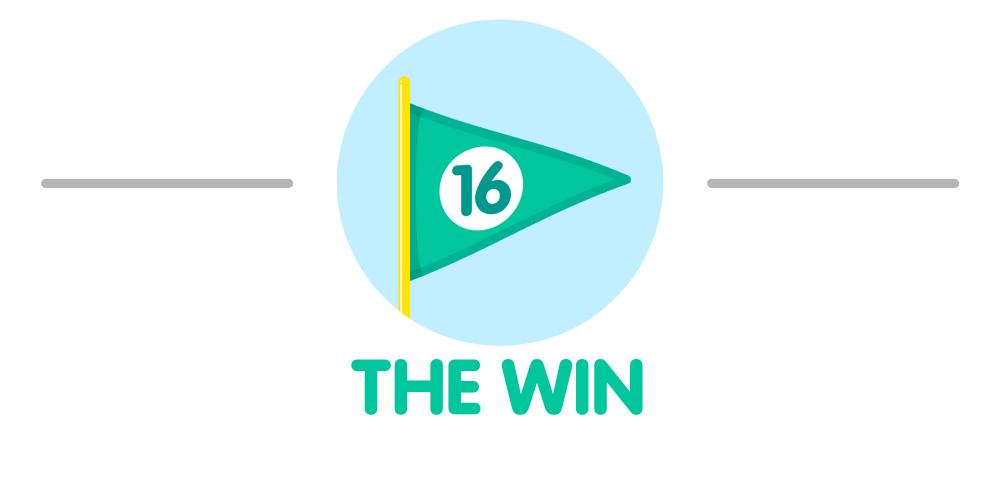
Cruz figures the five-iron is just barely enough club to get this ball to the green on No. 17 here at the 2017 Valspar Championship. And considering Hadwin’s nerves at this point — he had a two-stroke lead a hole earlier, which evaporated when he sent his tee shot into the water — he’s sticking with the club in his hands. “Let me just go ahead and hit the shit out of this,” Hadwin tells Cruz. He does, then makes par.
Square now with Patrick Cantlay with one hole to play, the Canadian, who had a four-shot lead heading into this Sunday round, isn’t feeling pressed or out of control. He’s cruising, taking chances as they come. “Keep hitting shots, keep being patient, we’ll see what happens,” he reminds himself.
An opportunity presents itself on No. 18, when Cantlay sends his approach shot into a bunker, then leaves himself a 15-footer for par. Hadwin’s approach comes to a stop two feet below the cup.
Cantlay misses his putt, and the moment is Hadwin’s. He drains that two-footer, yells and double fist-pumps. It’s his first win on Tour. It buys him a trip to the Masters, and means his honeymoon with Jessica (scheduled for Masters week) will have to wait. “What a difference a year makes,” he says.
Indeed. At the 2016 Valspar, he shot 79, missed the cut and snapped his seven-iron.
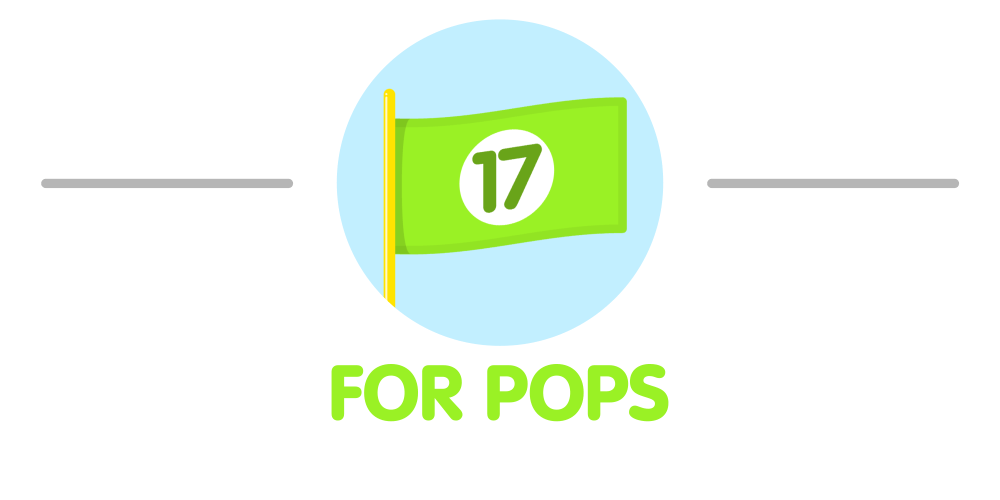
It’s Father’s Day, and Hadwin calls his dad ahead of his final round at the 2017 U.S. Open. “I’ll put a good round together,” he says. “This is for you, Pops.”
He’d gotten off to a record-tying start, a first-round 68 that featured six straight birdies to put him three back of Fowler, the Day 1 leader. But a six-over-par 80 on Sunday isn’t the Father’s Day gift Hadwin envisioned.
This is how the last few months have been going: Hadwin’s shown flashes of brilliance, but hasn’t been able to sustain that solid play. “Yes, I wanted to break my clubs,” he says, of that Sunday at the U.S. Open. “But I didn’t.”
That’s progress.
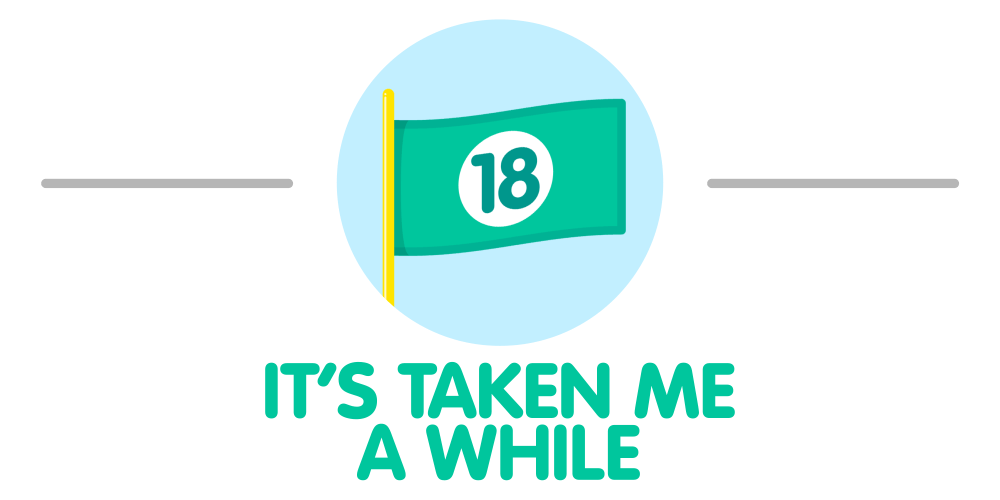
Hadwin bombs his tee shot down the middle of this 465-yard 18th, past Fowler’s drive on this final hole of their second round at the Quicken Loans. Fowler is very much in contention, while Hadwin is one shot back of the cut line.
Hadwin sticks his nine-iron to about 10 feet for a must-make downhill birdie putt. It will determine whether his break before the 2017 Open Championship begins a couple of days earlier than he’d hoped. The putt rolls just wide. It’s his third missed cut in 17 tournaments this season, dating back to last October. “I hate missing cuts,” he says.
Hadwin sulks while he signs his scorecard, but pulls himself out of the funk after only a couple of minutes. Soon, he’s joking around with Fowler, who’ll stay the weekend and nearly win the tournament.

Frustrated as he is with his play of late, Hadwin knows he’s close to getting back to the great golf he played to start the season. It’s a game of inches, after all. Most importantly, he’s doing his best to keep a positive outlook, hard as that can be, because he knows it pays off. “I’ve quickly realized — well, not quickly, clearly it’s taken me a while — that the more fun I can have on the golf course, the more I can relax and enjoy it and just hit some golf shots, the better I play,” he says.
“It sounds silly, because you’d think that if I knew that was the recipe for success, I’d be able to do it,” he continues. “But I think the competitiveness and the desire — the perfectionist in me — won’t allow that to happen very often. I hate to lose more than I like to win, I think.”
That competitive desire has no doubt cost him, but it’s also a key reason he’s made it to the PGA Tour, and being able to control it is among the reasons he’s climbed the world rankings, from 240th at the start of 2016 to 54th today, and now about to tee it up in the fifth major of his career. “The longer I’m out here, I’m realizing that one bad shot’s probably not going to be the end of my life,” Hadwin says, grinning. “It’s probably not the club’s fault, either.”



